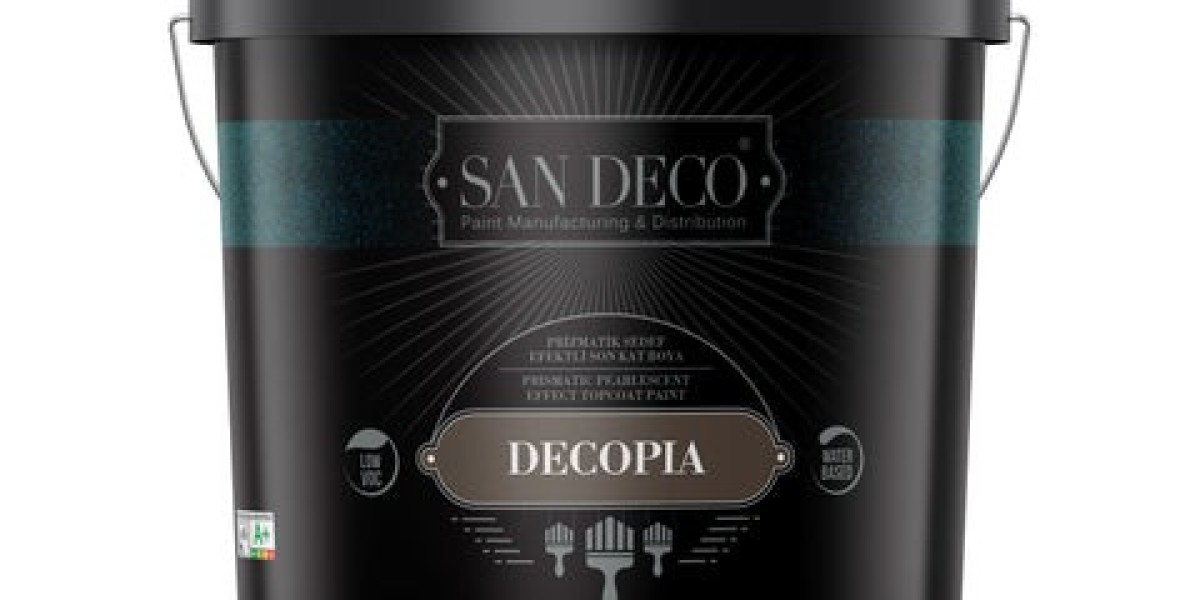Choosing the right paint for your project is crucial, but what about the final layer? Top coat paints provide a vital finishing touch, adding protection and enhancing aesthetics. Let's delve into the world of top coats and explore their various forms:

What is Top Coat Paint?
Unlike the name suggests, top coat paint isn't always colored. It's a transparent or translucent layer applied over an existing base coat, offering several benefits:
Protection: Top coats act as a barrier, shielding the underlying paint from scratches, wear, and environmental damage.
Enhanced Aesthetics: They can add a glossy or matte finish, highlight the color and depth of the base coat, or even introduce a subtle shimmer.
Durability: Top coats extend the lifespan of your paint job, making it more resistant to fading and chipping.
Types of Top Coats:
Natural Waxes: Often used for wood finishes, natural waxes like beeswax or carnauba wax offer a subtle sheen and moisture protection. However, they lack scratch resistance.
Epoxy Top Coats: These tough, thick coatings are ideal for high-traffic areas like floors and countertops. They provide excellent protection against wear and tear.
Lacquer, Varnish & Shellac: Primarily used for wood, these top coats are made from resins dissolved in alcohol. They offer a clear or slightly tinted finish with varying levels of durability.
Polyurethane Clear Coat: This popular choice for various surfaces provides a hard, protective shell. It's available in water-based and oil-based versions, offering excellent UV resistance and clarity.
Colored Top Coat Paints:
In some cases, "top coat paint" refers to a colored finishing paint applied over a primer or base coat. This adds a decorative element while still offering some protection. Compatibility is crucial here - ensure the top coat is compatible with the underlying layer to avoid chemical reactions that can ruin the finish.
Choosing the Right Top Coat:
The ideal top coat depends on your project requirements. Consider the surface material, desired finish (glossy, matte, etc.), and the level of protection needed. When in doubt, consult a professional or visit a reputable paint store like San Deco for expert guidance.

San Deco: Your One-Stop Shop for Painting Needs
San Deco offers a vast selection of top coats, primers, and paints to suit any project. Their knowledgeable staff can help you choose the right products for a flawless and long-lasting finish. Visit San Deco today and unlock the finishing touch for your next project!
Frequently Asked Questions:
1. When do I need a top coat?
Top coats are highly recommended for:
High-traffic areas: Floors, countertops, furniture – areas exposed to frequent wear and tear benefit greatly from the added protection of a top coat.
Outdoor projects: Top coats shield your paint job from harsh weather elements like sunlight, rain, and moisture, extending its lifespan.
Enhanced aesthetics: Top coats can elevate the look of your project by adding a specific sheen, depth, or subtle shimmer.
2. What are the different types of top coats available?
There are several types of top coats, each with its own properties and applications:
Natural Waxes: Ideal for wood finishes, offering a subtle sheen and moisture protection.
Epoxy Top Coats: Tough and thick, perfect for high-traffic areas like floors and countertops.
Lacquer, Varnish & Shellac: Primarily used for wood, offering clear or tinted finishes with varying durability.
Polyurethane Clear Coat: Versatile choice for various surfaces, offering excellent UV resistance and clarity.
Colored Top Coat Paints: Provide a decorative element while offering some protection (ensure compatibility with the underlying layer).
3. How do I choose the right top coat?
Consider these factors when choosing a top coat:
Surface Material: Different materials require specific top coats for optimal adhesion and protection.
Desired Finish: Gloss, matte, or something else? Choose based on your aesthetic preference.
Level of Protection Needed: High-traffic areas need a more durable top coat compared to low-traffic areas.








